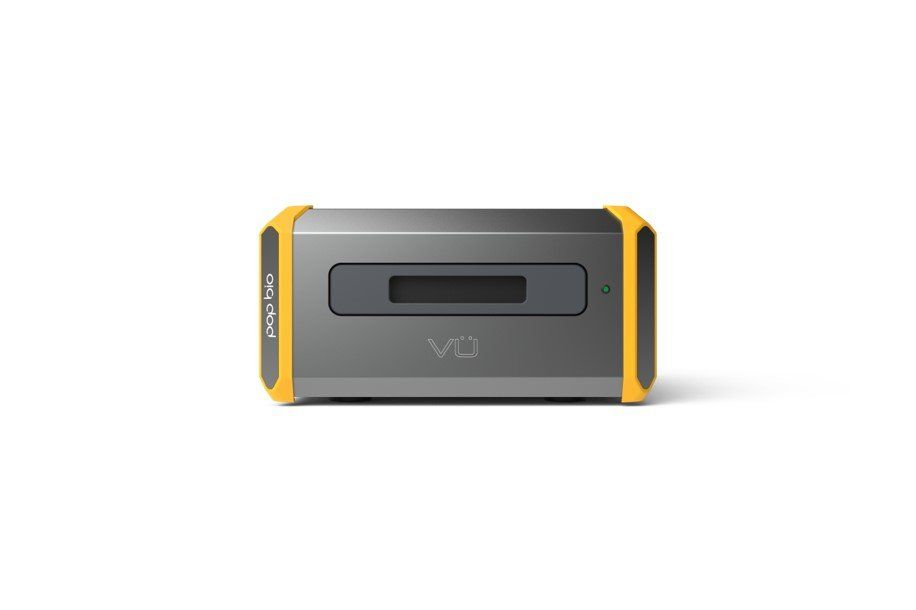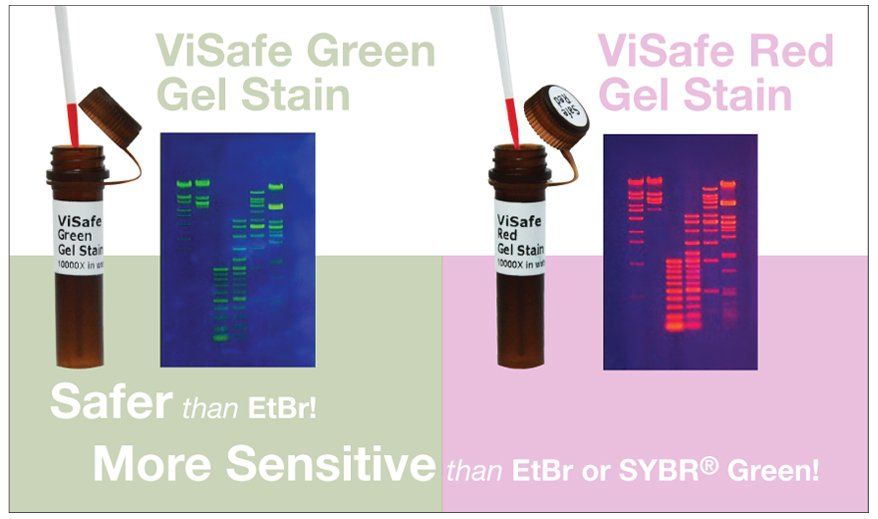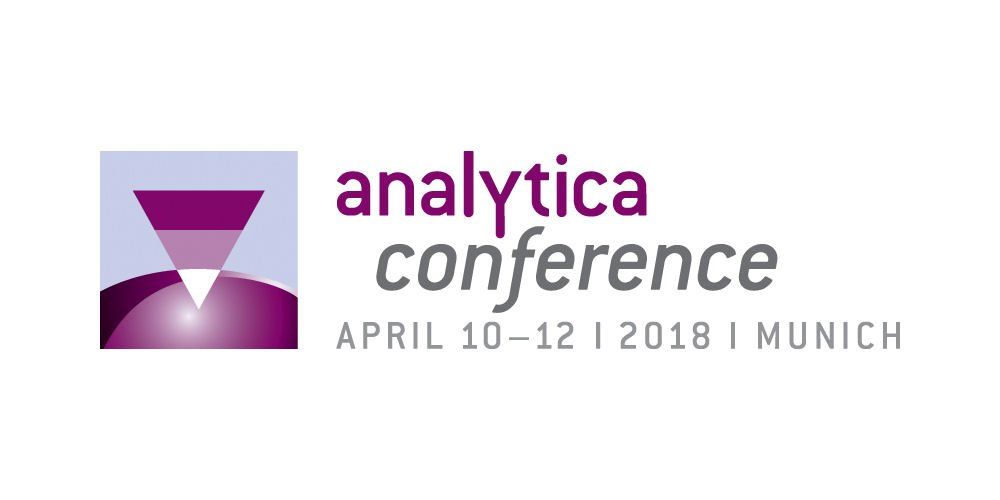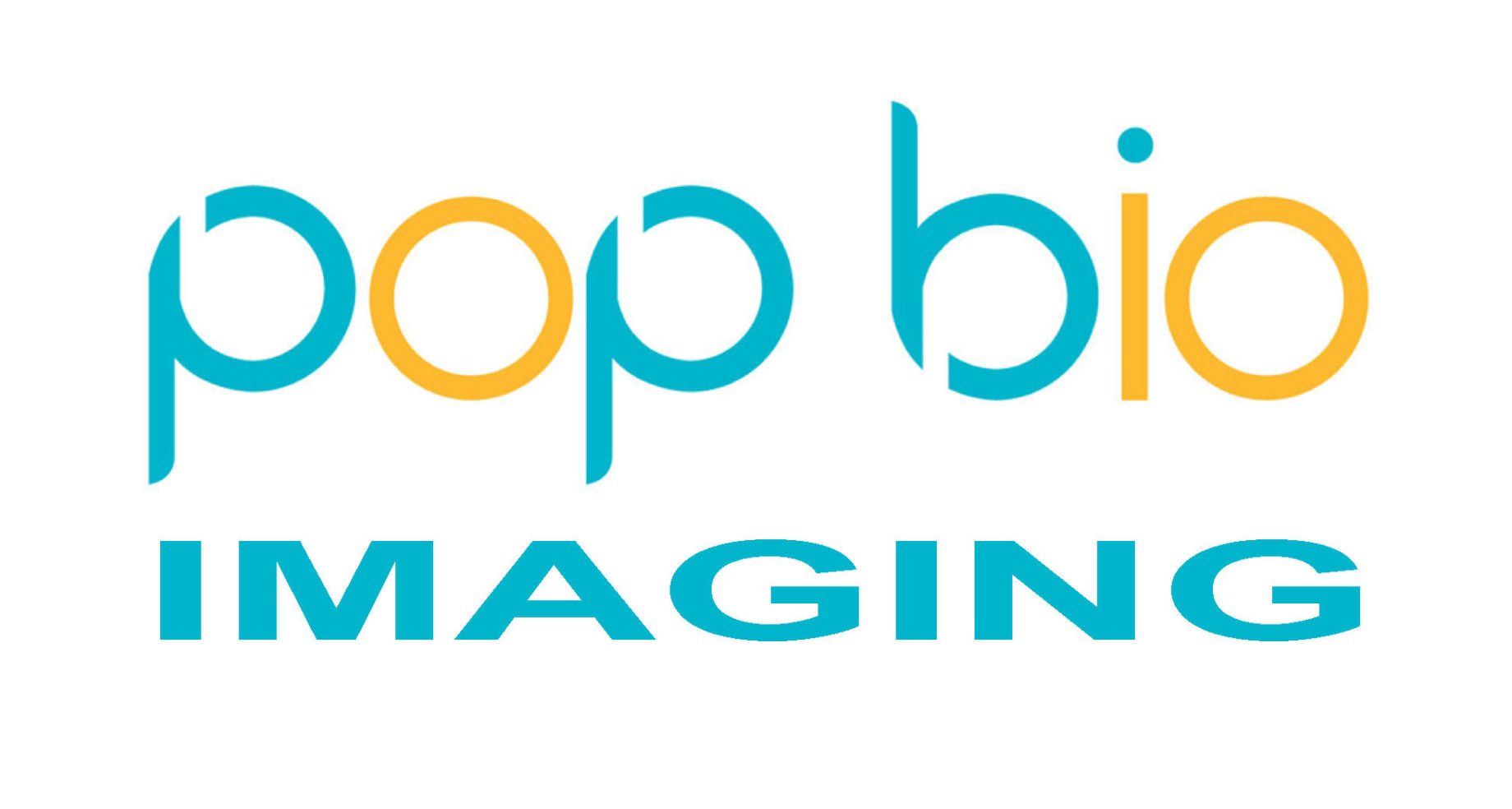
The highlight for Pop-Bio Imaging will be the launch of the latest version of the Vü imaging system for gels and blots. This will be the first time many will have had the opportunity of seeing the new Vü systems now with IntelligentCapture Technology. This new type of gel documentation system is already changing the way people capture images of the gel and blot samples and we again expect to create some excitement on the stand.
Pop-Bio Imaging wishes to welcome all old friends and new to the stand. We will be looking to appoint new distributors for the Vü.
Also on the stand will be products from the Pop-Bio range of brands including Vivantis, Hercuvan, Speedy Assay and Reszon.
We look forward to seeing you all.

Pop-Bio Imaging have added a number of new features to their Vü Chemiluminescence system leaving the unit to make the important decisions on how the best image of a western blot can be captured.
This is a major improvement on the way those old-fashioned CCD based Gel Documentation systems work. Gone are the days when the user had to make decisions about exposure time. Not only that, the ‘camera free’ Vü system means that there are no aperture settings, focusing or cooling temperatures to worry about. Just place the blot in the drawer, shut it and let the system capture the best image for you – it’s a bit like using a photocopier..!
With this latest version of Vü-C you will now find a number of new features.
Firstly, an ‘Auto-Find’ function will automatically locate the blot and then the system will just capture signal from that area. This means that no zooming or image framing is required and certainly no need for cropping once the image is captured like with those tiresome CCD systems. Of course with no lens or camera you don’t even need to do any focussing..!
A new rapid scan feature will now quickly capture an image in as little as 10 seconds if you wish, to show you the presence or absence of bands. This is a great feature when working with those rapid decaying blots as well.
Finally, the new IntelligentCapture feature puts the system in control of the image capture process. Once the system has determined the signal output and if it is increasing or decreasing, it will then set its own capture conditions for that particular blot. Whatever the decaying characteristics of the blot the Vü system will automatically set the best capture settings. We don’t worry about needing a series capture process which accumulates the signal. Firstly, that is not a recommended method of capture anyway since you are simply accumulating noise as well which is an inherent problem with cooled CCD camera systems. What Vü does is that it captures an image using the optimum settings then it does it again and again [if you wish] to produce a composite image by building layers of signal – noise free.
Paul Ellwood, CEO of Pop-Bio Imaging says “With the Vü-C system users can simply place their blot in the drawer and walk away safe in the knowledge that their image will be perfectly captured and without the need to make any background corrections or to decide which image they prefer. This really is the way forward with Western blot imaging.”

Both ViSafe gel stains are now available at special introductory prices.

Pop-Bio is expanding and has now moved into new offices at Milton Hall just outside Cambridge.
This newly refurbished facility is set in six acres of landscaped grounds and is fast becoming widely recognised as a prestigious address for businesses looking to establish or expand their presence in Cambridge. The Grade II listed Georgian manor house is in an enviable location, just 10 minutes from Cambridge city centre and close to all major road and rail links.
Pop-Bio has been steadily growing since 2016 but this year took a major leap forward with the creation of the Pop-Bio Imaging division and the launch of its flagship product, the Vü. Since its launch, the Vü has found worldwide interest in its unique technology for gel and blot imaging. Already over 30 International distributors have signed up to offer the view to their customers including Japan, China, India, Thailand, Australia, Chile, USA and of course Europe.
Vü is widely seen and the replacement for traditional CCD Camera based systems in the gel and blot market and will become the standard for this application in the next few years.
The new Pop-Bio address is:
Milton Hall
Ely Road
Milton
Cambridge
CB24 6WZ
Tel: +44 1223 620020

Vü is no ordinary gel documentation system. The Pop-Bio Imaging system uses no cameras, no lenses, filters, or lasers but instead utilises a new technology to accurately map images at ultra-high sensitivity and resolution. The result is a small desk top instrument with a very small footprint that can handle the full range of gel and blot applications – UV, blue light, blue-green, visible and chemiluminescence. The Advanced Progressive Imaging technology, which was developed in Cambridge, is a clever use of imaging sensors that accurately map low levels of light from any gel or blot. A patent for this new technology has been applied for.
Aside from the new technology being used in the instrument the cost is also considerably lower than that of a traditional gel documentation system which uses high cost CCD cameras, lenses and filters. The new Pop-Bio Imaging system aims to become the new standard for gel and blot image capture and replace existing traditional gel documentation systems over the next few years. This device is destined to change the way images of gels and blots are captured.
Two variants of the instrument have been launched. The Vü-F is for fluorescence applications like Etbr DNA gels using UV or safe dyes using blue light as well as visible light protein gels and blots. The Vü-C has increased sensitivity for chemiluminescent western blots. Further models for drug, virus and protein detection are being released in the coming months.

The highlight for Pop-Bio Imaging will be the launch of the new Vü imaging system for gels and blots from Pop-Bio Imaging. This will be the first time this new system will be seen outside the UK. This new type of gel documentation system is set to change the way people capture images of the gel and blot samples and we expect to create some excitement on the stand.
Pop-Bio Imaging wishes to welcome all old friends and new to the stand. We will be looking to appoint new distributors for the Vü.
Also on the stand will be products from the Pop-Bio range of brands including Vivantis, Hercuvan, Speedy Assay and Reszon.
We look forward to seeing you all.
